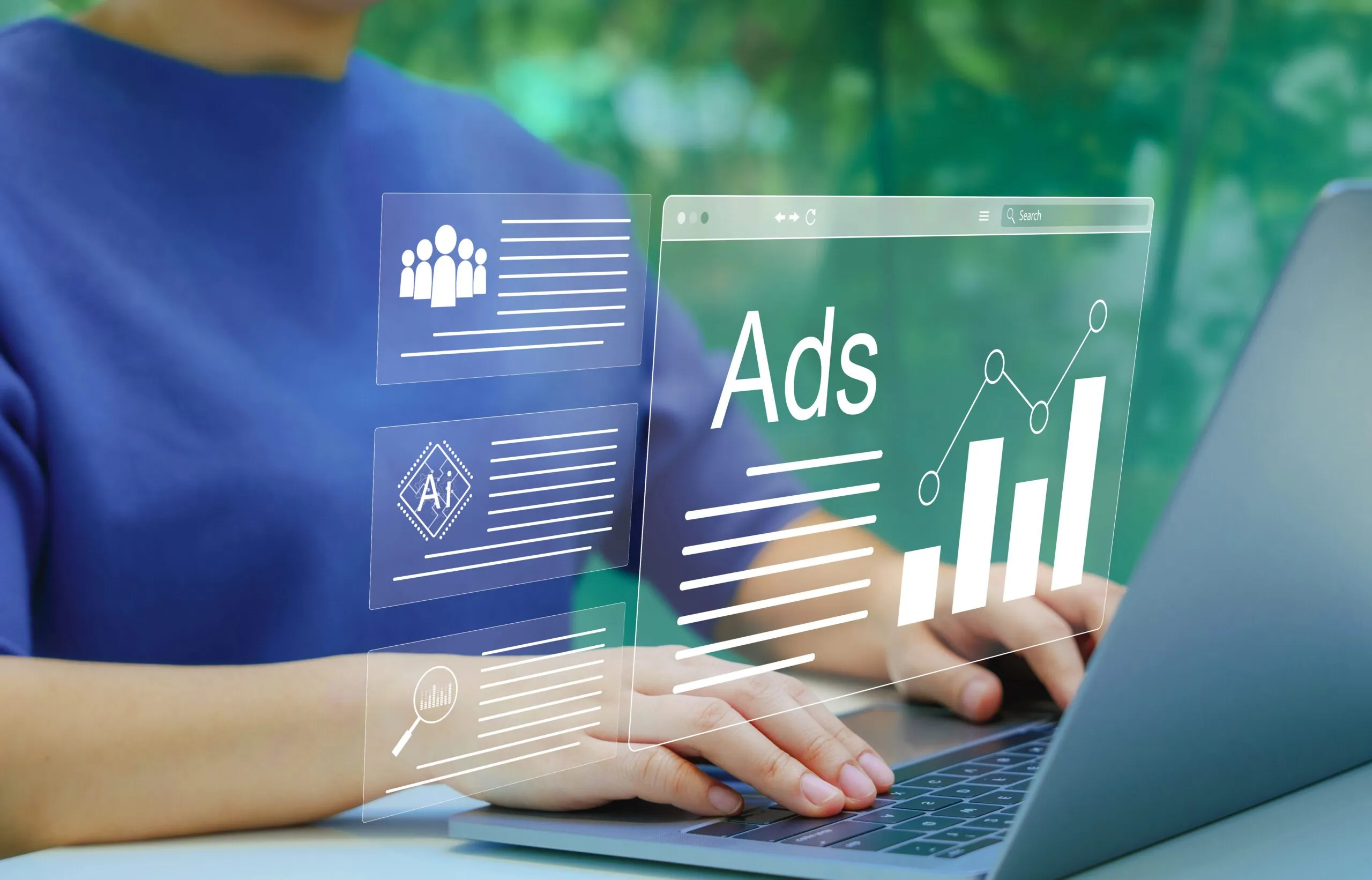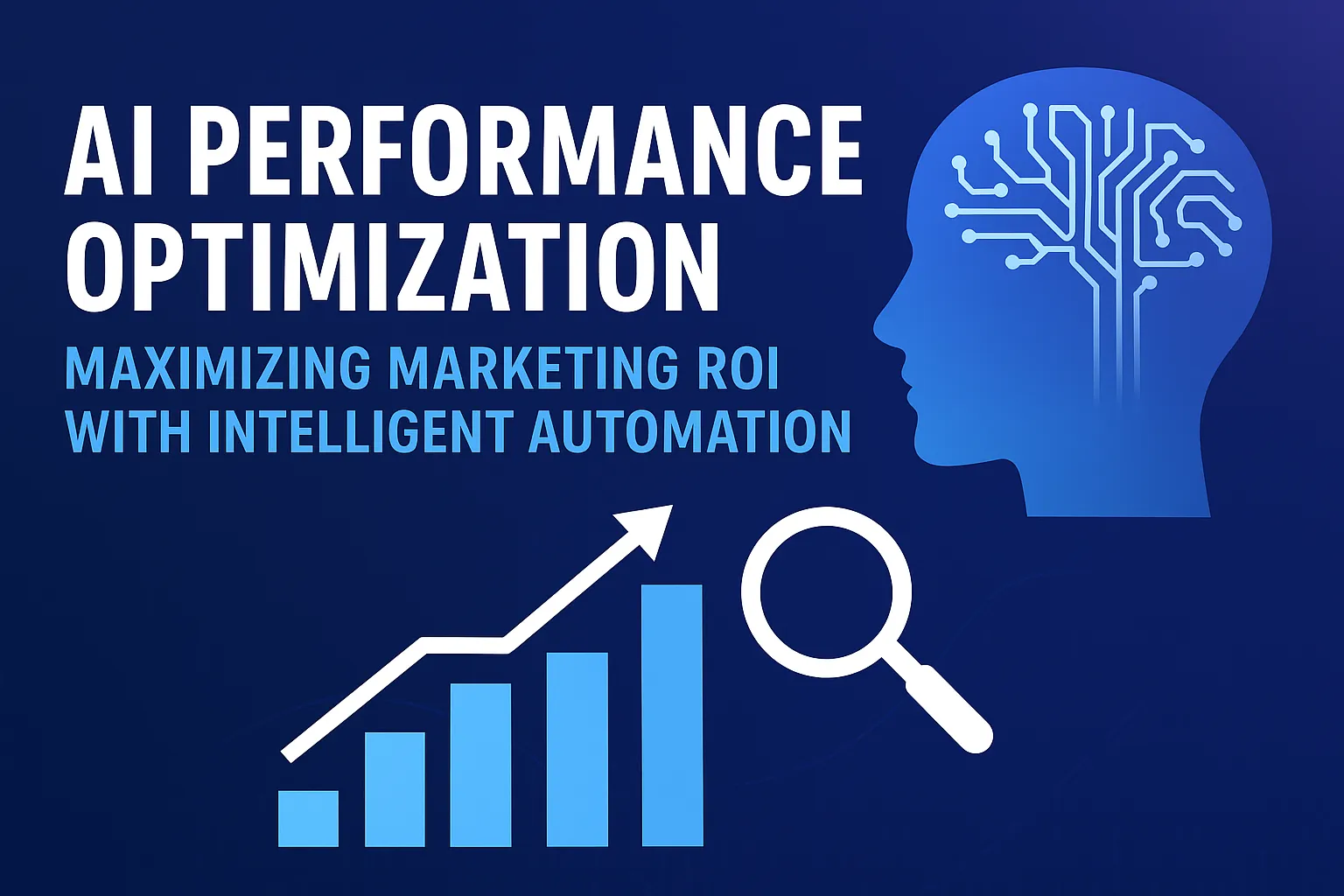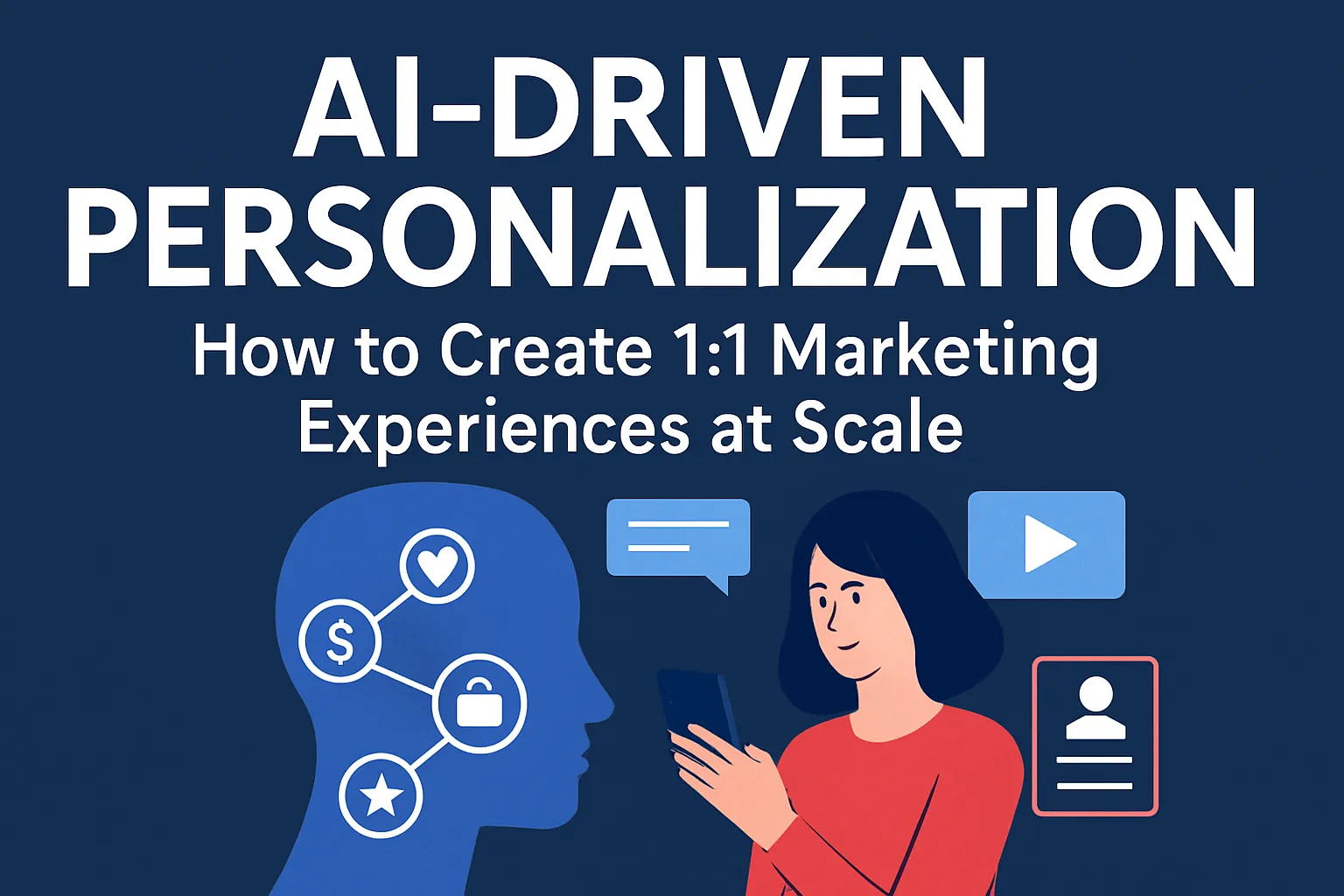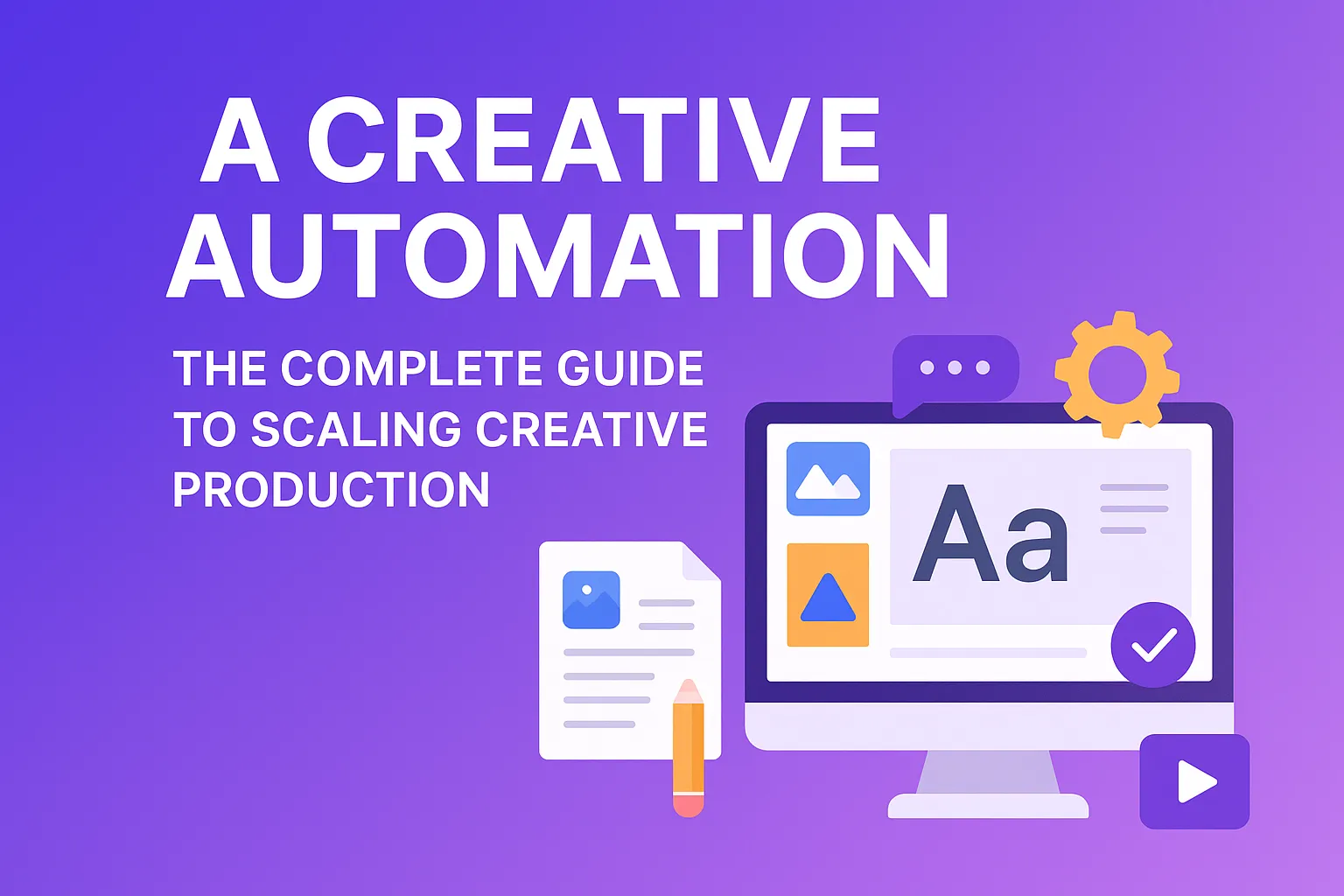AI-Powered Advertising: The Complete Guide to Next-Gen Campaign Strategies
The advertising world is experiencing a seismic shift. While traditional marketers rely on intuition and manual optimization, forward-thinking brands are leveraging AI to create campaigns that learn, adapt, and optimize in real-time. The result? Campaigns that perform better, cost less, and scale faster than ever before.
In this comprehensive guide, we’ll explore the AI advertising strategies that are transforming how brands connect with their audiences and drive measurable results.
The AI Advertising Revolution: By the Numbers
The impact of AI on advertising is undeniable. Recent studies show that brands using AI in their advertising see:
- 47% higher click-through rates compared to traditional campaigns
- 32% reduction in cost per acquisition through intelligent bidding
- 89% faster campaign optimization with automated A/B testing
- 156% increase in ad creative performance through AI-generated variations
These aren’t just impressive statistics—they represent a fundamental shift in how advertising works.
Core AI Advertising Strategies That Drive Results
1. Intelligent Audience Targeting
Traditional targeting relies on broad demographic data and assumptions. AI-powered targeting analyzes thousands of data points to identify your most valuable customers.
How it works:
- Machine learning algorithms analyze customer behavior patterns
- Predictive models identify high-value prospects before they convert
- Dynamic audience segments adapt based on real-time performance data
Real-world example: A fitness brand used AI to identify that their highest-value customers weren’t the expected “fitness enthusiasts” but rather “busy professionals seeking convenience.” This insight led to a 340% increase in ROAS by targeting the right audience with the right message.
2. Dynamic Creative Optimization (DCO)
Instead of creating static ads, AI generates thousands of creative variations that automatically adapt to different audiences, contexts, and performance data.
Key benefits:
- Personalization at scale: Each user sees creatives tailored to their preferences
- Continuous optimization: AI learns what works and generates better variations
- Brand consistency: All creatives maintain your brand voice and visual identity
Implementation strategy:
- Define your brand guidelines and key messaging
- Upload your product images and brand assets
- Let AI generate hundreds of creative variations
- Deploy with automatic performance-based optimization
3. Predictive Bidding and Budget Allocation
AI doesn’t just optimize existing campaigns—it predicts the future performance of different strategies and allocates budget accordingly.
Advanced techniques:
- Time-based optimization: AI adjusts bids based on when your audience is most active
- Cross-platform coordination: Intelligent budget allocation across Facebook, Google, TikTok, and other platforms
- Seasonal prediction: AI anticipates demand spikes and adjusts strategy accordingly
4. Real-Time Campaign Optimization
Traditional campaign optimization happens weekly or monthly. AI optimizes campaigns in real-time, making thousands of micro-adjustments every hour.
What AI optimizes:
- Bid amounts for each auction
- Creative selection for each impression
- Audience targeting parameters
- Landing page experiences
- Ad scheduling and frequency
Advanced AI Advertising Techniques
Multi-Touch Attribution with AI
Understanding which touchpoints drive conversions is crucial for optimizing ad spend. AI-powered attribution models analyze the entire customer journey to identify the true impact of each ad interaction.
Benefits:
- Accurate measurement of campaign effectiveness
- Better budget allocation across channels
- Improved understanding of customer behavior
- More accurate ROI calculations
Cross-Platform Campaign Orchestration
Modern consumers interact with brands across multiple platforms. AI coordinates campaigns across all touchpoints to create a seamless, personalized experience.
Key capabilities:
- Unified customer profiles across all platforms
- Consistent messaging that adapts to each platform’s unique characteristics
- Sequential storytelling that guides customers through the funnel
- Cross-platform retargeting that follows users across their journey
Voice and Visual Search Optimization
As voice search and visual search grow, AI helps brands optimize for these new interaction methods.
Voice search optimization:
- Natural language ad copy that matches voice queries
- Local SEO integration for “near me” searches
- Conversational landing pages that answer spoken questions
Visual search optimization:
- AI-powered image recognition for product matching
- Visual similarity targeting for lookalike audiences
- Shoppable ads that respond to visual searches
Implementing AI Advertising: A Step-by-Step Guide
Phase 1: Foundation (Weeks 1-2)
-
Audit your current advertising setup
- Identify data sources and integration points
- Document current performance metrics
- Map your customer journey touchpoints
-
Choose your AI advertising platform
- Look for platforms that integrate with your existing tools
- Ensure they support your target platforms (Facebook, Google, TikTok, etc.)
- Verify they offer the specific AI capabilities you need
Phase 2: Data Preparation (Weeks 3-4)
-
Clean and organize your data
- Ensure customer data is properly structured
- Set up data pipelines for real-time updates
- Implement proper data privacy measures
-
Define success metrics
- Establish clear KPIs for AI optimization
- Set up proper tracking and attribution
- Create reporting dashboards
Phase 3: Campaign Launch (Weeks 5-6)
-
Start with a pilot campaign
- Choose a high-potential audience segment
- Launch with AI-powered creative generation
- Monitor performance closely
-
Scale successful strategies
- Expand to additional audience segments
- Increase budget for high-performing campaigns
- Add new platforms and channels
Phase 4: Optimization and Scale (Ongoing)
-
Continuous monitoring and adjustment
- Review AI recommendations regularly
- A/B test new strategies
- Scale what works, pause what doesn’t
-
Advanced feature implementation
- Add more sophisticated AI capabilities
- Integrate with additional data sources
- Expand to new advertising platforms
Common AI Advertising Mistakes to Avoid
1. Setting It and Forgetting It
AI is powerful, but it’s not magic. Successful AI advertising requires ongoing monitoring and human oversight.
What to do instead:
- Review AI recommendations weekly
- Monitor campaign performance daily
- Adjust strategies based on changing market conditions
2. Ignoring Brand Consistency
While AI can generate thousands of variations, it’s crucial to maintain your brand voice and visual identity.
Best practices:
- Set clear brand guidelines for AI
- Regularly review generated content
- Train your AI on your brand’s unique characteristics
3. Over-Optimizing for Short-Term Metrics
AI can optimize for any metric, but focusing only on short-term gains can hurt long-term brand health.
Balanced approach:
- Optimize for both immediate conversions and brand awareness
- Monitor long-term customer value
- Balance acquisition costs with customer lifetime value
The Future of AI Advertising
Emerging Technologies
Generative AI for Creative Production:
- Text-to-video ad generation
- Voice synthesis for audio ads
- 3D product visualization
Advanced Personalization:
- Emotion-based targeting
- Contextual advertising that adapts to user mood
- Predictive content that anticipates user needs
Privacy-First AI:
- Federated learning that protects user privacy
- On-device AI processing
- Zero-party data optimization
Preparing for the Future
- Invest in data infrastructure that can handle increasing complexity
- Build AI expertise within your marketing team
- Stay updated on new AI advertising technologies
- Test new features as they become available
Getting Started with AI Advertising
The AI advertising revolution is here, and the brands that embrace it first will have a significant competitive advantage. Whether you’re a startup looking to scale efficiently or an established brand seeking to optimize performance, AI advertising offers the tools you need to succeed.
Next steps:
- Assess your current advertising capabilities
- Identify the AI features that would have the biggest impact
- Start with a pilot program
- Scale successful strategies across your entire advertising operation
The future of advertising is intelligent, automated, and incredibly effective. The question isn’t whether to adopt AI advertising—it’s how quickly you can get started.
Ready to transform your advertising with AI? Learn how Adomate’s AI-powered platform can help you create, optimize, and scale high-performing campaigns in minutes, not months.




